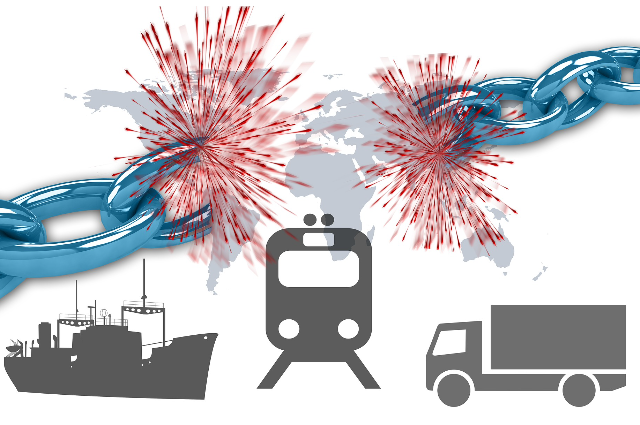
Introduction:
The supply chain is the process of maintaining the flow of raw material/service purchased from the supplier and delivering it to the end customer. This process involves every department in the industry. Maintaining an optimum level of inventory, managing the warehouse, demand forecasting, production scheduling are major activities related to the supply chain process.
Supply Chain - Present Generation:
The world is at the urge of disruption in the domain of the supply chain and the kind of movement that is happening in this space is quite fascinating. Now we see the pace of change has speedup and the industrial trend has shown the signs of it. The silos of working need to be broken in order to make the system more transparent.
Need for Next Generation Supply chai:
The industry needs a faster, more flexible, more efficient, more accurate, and more granular, and more robust supply chain network to cater to the huge population. This rapid rise in demand has led us to think about what is next to be done in the supply chain. People at the other end want services and products at their doorsteps. This put up a big challenge for the industry to be leaner and more resilient.

Next-Generation Supply Chain Management:
The hybrid model of the supply chain is going to exist where the monitoring of stock and demand can be interlinked. Automatic purchase orders and invoice receipts can be generated based on requirements. The application of machine learning and artificial intelligence will help to track the movement of transport vehicles & capture the live data to resolve the delivery issues. The modern digital platforms will be aggressively used to resolve problems and inefficiencies in the supply chain. The concentration of the next-generation supply chain will be to give a better customer experience in terms of on-time, value for money product/service, and high-quality delivery.
Next-Generation Supply Chain Implementation Challenges for industry:
Data management, data security, integrated modules, and transaction management between physical & digital interface has put up the large problem to be solved for the industry. These challenges are needed to be catered to in order to make the next-generation supply chain journey smoother and more effective.
Road ahead:
The connectivity and accessibility of different supply chain data become more integrated at click will be new normal in coming years. The systems and processes will be more agile. Online performance monitoring of different verticals like – Inventory management, Logistics Management, Demand Management, and Supply Chain Management will be possible more efficiently & effectively.
. . .
Reference:
- Barros, A. C., Senna, P. P., Marchiori, I., Kalaitzi, D., & Balech, S. (2021). Scenario-Driven Supply Chain Charaterization Using a Multi-Dimensional Approach. Springer International Publishing.
- Easwaran, P. S., Prashant, A., Prabhu, R., & Unnikrishnan, S. (2018). Next-Gen Supply Chain. Deloitte.
- Knut Alicke; Balaji Iyer. (2020). Next generation supply chain : Supply chain 2020. Next Generation Supply Chain : Supply Chain 2020, July 2013, 24.
- Supply, G., & Survey, C. (2013). Next-generation supply chains Efficient , fast and tailored. Pwc-Report, 19.
